Blackjack is one of the most popular games because players’ skills and knowledge genuinely matter and can make a significant difference. Like any other card game, it boasts numerous combinations and variations, which is why there are so many twists and turns during play. The only way players can gain an advantage over the casino and win is to follow a well-established strategy. One of the most popular is the basic strategy, as it gives players the chance to win in the long run.
Situations in which players hold a total of 8 or 9 are not difficult to tackle as long as they follow a particular strategy. To understand the game’s patterns, players should take time to observe the different combinations and their possible outcomes. This will enable them to make the best possible decisions and avoid going bust. It is always best to be prepared and follow a plan that has already been proven to work.
When Players’ Hand is 8
The following combinations leave players with a hand totalling 8 – 2 and 6, 3 and 5, or a pair of 4s – and with the not-so-easy decision of how to proceed. To give players a better idea of what professional gamblers would do in such cases, it is best to consider all possible moves and combinations for this hand. Prior to making their decisions, players should not only consider their own hand but also the dealer’s upcard. For this reason, both factors are taken into account in the following examples.
The rule set of the particular blackjack variation being played is also worth considering. This is because the recommended basic-strategy plays for this hard total are influenced by factors such as deck number, the playing conditions, and the dealer’s drawing and standing rules. Strategy modifications are required since playing this hard total incorrectly adds to the house edge of the respective game.
Reasonable Moves
Blackjack players who rely solely on basic strategy are at a disadvantage most of the time, as the dealer usually has better chances of winning the round. In such cases players should refrain from betting too aggressively, to minimise the damage that unfavourable situations inflict on their bankrolls.
However, the tables sometimes turn in favour of the player when they receive a starting total of hard 8 against specific dealer upcards. This, in turn, calls for the adoption of a more aggressive strategic approach, which usually means upping the ante by splitting pairs and doubling down. The purpose of this is to capitalise on rare favourable situations. The player can boost earnings by increasing their bets when the dealer is at a disadvantage.
Let’s look at the possible options for this hand against the dealer’s upcard and how players should act according to basic-strategy principles. If the dealer’s upcard is 2 through 4 and the player’s hand totals 8, they should hit. The same applies when the dealer’s upcard is 7 through ace, as hitting is the player’s best option. The dealer becomes stronger the higher the value of their upcard. Upping one’s wager is not the best course of action under such circumstances.
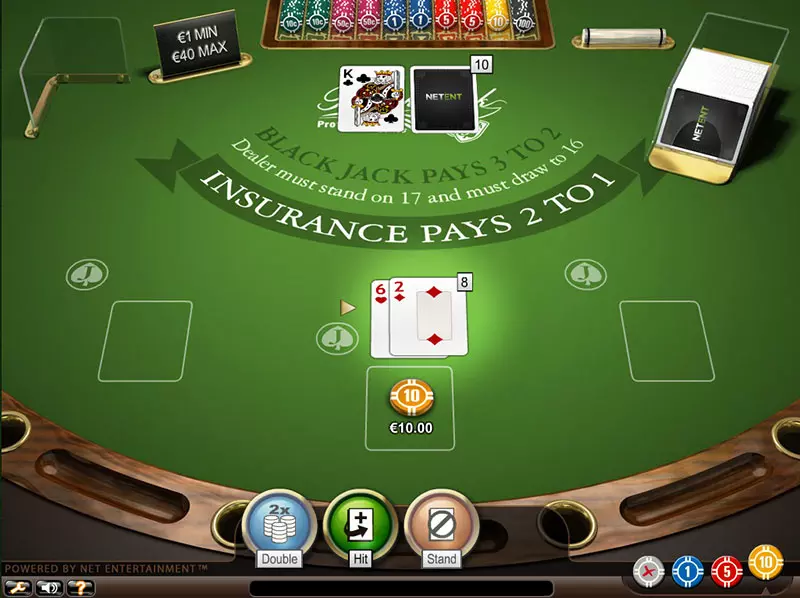
If the dealer’s upcard is 5 or 6, players should double down in blackjack variations that utilise a single deck. The reason for this move is that players have a good chance of making eighteen, while the dealer is also very likely to go bust.
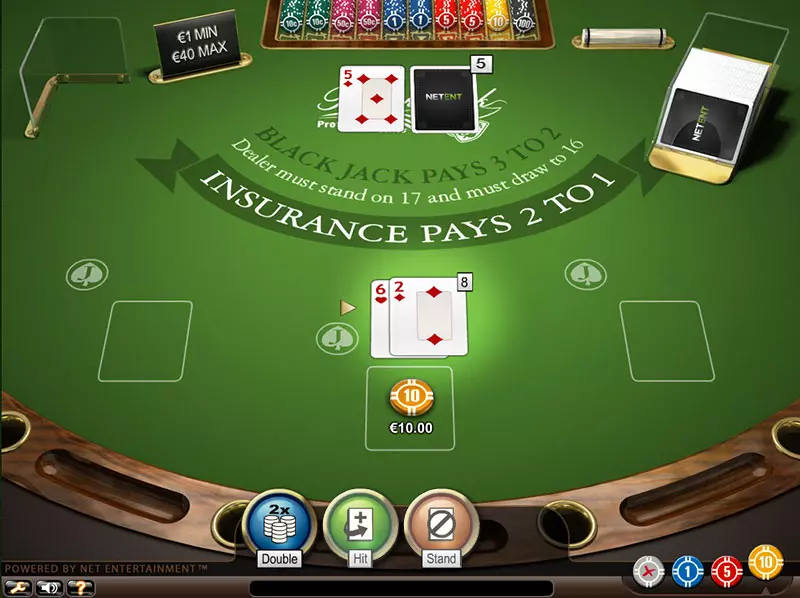
The dealer’s probability of exceeding 21 and losing the round when starting with a 5 is 42.89% in S17 single-deck games and 43% in H17 single-deck blackjack. The bust percentages for a dealer holding a 6 are 43.78% when they must hit soft 17 and 42.08% when they stand on all 17s.
With that in mind, some blackjack experts, such as Donald Schlesinger, take into account the exact composition of the player’s hard 8 for more accurate decision-making. Composition-dependent strategy recommends hitting your 8 against the dealer’s 5 and 6, provided your total is made up of 2-6, at tables that play under the S17 rule.
If the dealer is required to draw to soft 17, the player should hit their 2-6 only when the upcard is 6 and double down against 5. In double-deck and single-deck blackjack, you should always hit your hard 8, regardless of the dealer’s upcard.
Another opportunity to capitalise on the dealer’s weakness arises when the player’s hard 8 consists of a pair of 4s. The correct plays for this pair in single-deck blackjack are influenced by the availability (DAS) or absence (NDAS) of doubling down after a split.
Basic strategy recommends single-deck players hit their 4s against a dealer showing 2, 3, 7, 8, 9, 10, or ace. If you cannot double after splitting, you should double on your 4s when the dealer starts with weak cards 5 and 6, and hit against 4. If DAS applies at your table, the correct move for this pair is to split against the dealer’s 4 through 6 and hit against all other upcards.
The optimal moves for a pair of 4s in blackjack variants that use two to eight decks again depend on the rules concerning doubling after a split. The dealer’s standing rules are irrelevant for this pair in shoe-dealt blackjack. Provided that DAS is possible, players must split against 5 and 6 and hit against all other upcards. If NDAS applies, you must always hit your 4s rather than split them.
The rationale behind the above-mentioned moves is that they give players the chance to earn a decent return when the dealer’s upcard is weakest. It is worth noting that this strategic move is not intended to improve the player’s hand but to allow them to increase their bet when the dealer is in an unfavourable position. This is why players should double down when the dealer shows 5 or 6.
Doubling Down
Splitting Pairs
Blackjack Basic Strategy
Blackjack Hand 8 or 9
Blackjack Hand 10 or 11
When Players’ Hand is 9
When players have a hard 9, such as 5-4, 6-3, or 7-2, they have more chance of securing a winning hand. Following the above example, let us once again examine the situations in which the player’s hand totals 9 and how to make the most of them.
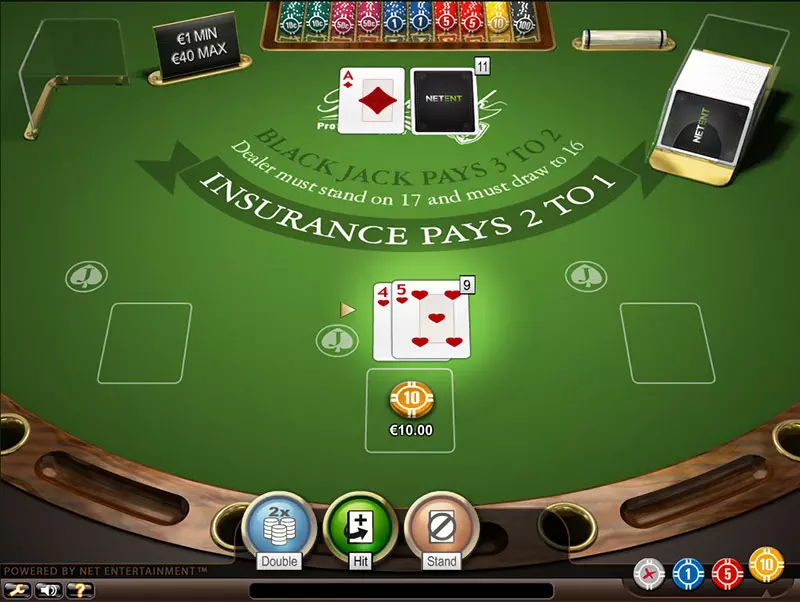
If the dealer’s upcard is 2, an ace, or 7 through 10, players should hit in shoe-dealt blackjack where four to eight decks are used. Whether or not the dealer hits soft 17 is not relevant in this instance. If the dealer’s upcard is 3, 4, 5, or 6, players should double down.
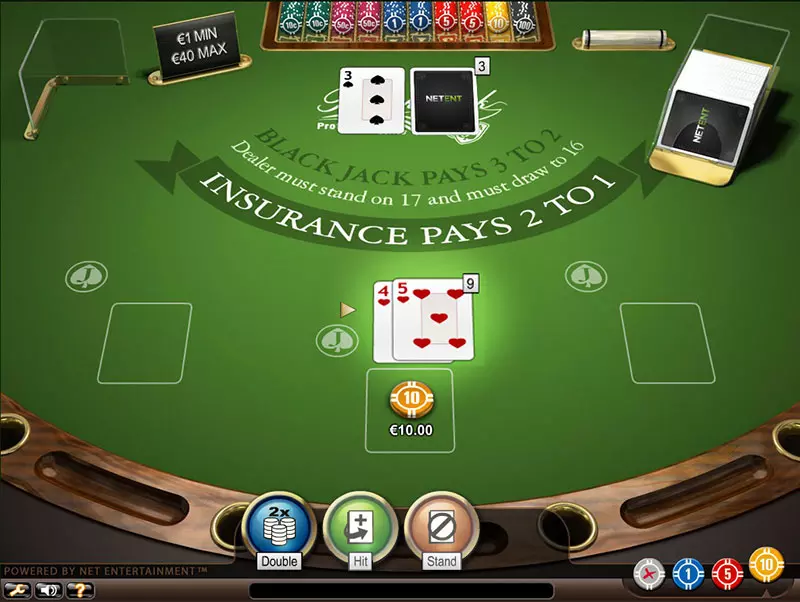
The strategy for single- and double-deck games differs slightly, as it requires you to double down on your hard 9 when the dealer holds small cards 2 through 6. You should hit against all other dealer upcards in both S17 and H17 games.
It is worth noting that hard 9 must be distinguished from soft 9/19, which requires a different approach. Soft 9/19 is always a stand in double-deck and shoe-dealt blackjack. In single-deck games, the odds tip slightly in favour of doubling down on 9/19 against the dealer’s 6. If soft doubling is prohibited in your chosen blackjack variation, you should hit this hand.
Situations To Avoid
Many gamblers double down when the dealer’s upcard is 7 and, as a result, often lose the hand. Moreover, the probability of the dealer busting with a 7 is almost half that with a 5 or 6. Even though the dealer is not particularly strong with a 7, players should refrain from making such a move.
The reason is that the chance of drawing a card valued 2 through 7 is quite high, which could leave them in the unfavourable position of holding a maximum total of 16. It is simply not worth the risk for players whose priority is to win in the long term, as their chance of improving the hand is significantly reduced.
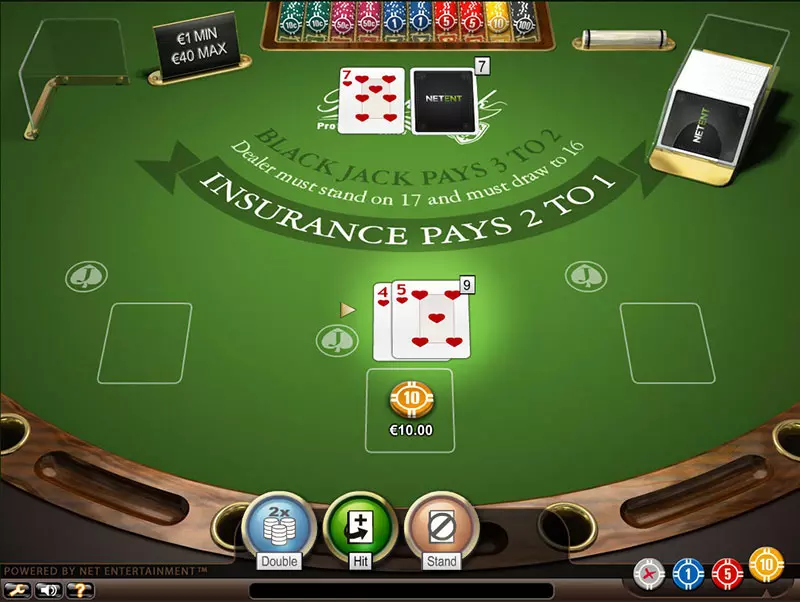
Players should double down on a hard 9 because, if they are dealt a face card or a 10, the total will be 19 – a favourable position. If they are fortunate enough to receive an ace, they will hold twenty, which is even better. In general, blackjack experts advise players to capitalise on every situation in which the dealer is at a disadvantage and showing a weak card.
Considerations
Before playing, blackjack enthusiasts who wish to make the best possible move with an 8 or 9 must consider two factors – whether the dealer hits or stands on soft 17 and whether soft doubles are allowed. An 8 or 9 hand does not offer many options, so it is crucial to know when to hit and when to double down.
This decision will determine the course of the game and can make the difference between winning and losing that particular hand, so it must be considered carefully. Even though losing a single hand may not matter – what counts is winning in the long run – players must remember that the outcome of every hand contributes to the bigger picture.
| Hand 8 and Hand 9 Basic Strategy Chart | ||||||||||
|---|---|---|---|---|---|---|---|---|---|---|
| Players’ Hand | Dealer’s Up Card | |||||||||
| 2 | 3 | 4 | 5 | 6 | 7 | 8 | 9 | 10 | Ace | |
| 8 | H | H | H | D | D | H | H | H | H | H |
| 9 | H | D | D | D | D | H | H | H | H | H |
Conclusion
There are a great number of different card combinations and the decisions players can make are just as many. Nowadays, many experts offer their own strategies and suggestions on how to beat the game and gain an advantage over the casino. Blackjack is a casino game and, as such, involves money, which is why every player should strive for excellence at the table.
It can only be achieved through a lot of practice, dedication, and knowledge. Knowing what options a particular hand gives them, gamblers can make the best choice and lose the least possible amount of money each time the casino has an advantage.



